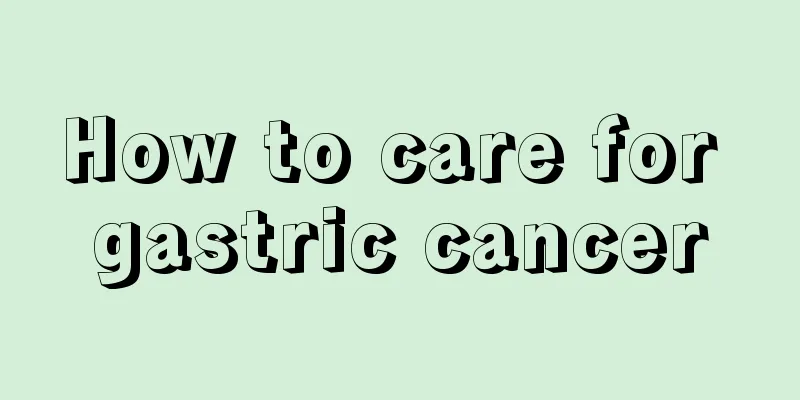How should kidney stones be treated?

|
Kidney stones are a relatively common urinary system disease, which usually occurs mainly in young and middle-aged people, and there is no obvious difference in the incidence rate between the left and right sides. Generally, patients will experience varying degrees of low back pain when they have kidney stones, and severe patients may die. The treatment of kidney stones is also very important. So, how should kidney stones be treated? For those without secondary infection and obvious symptoms, most stones with a diameter less than 0.5 cm can be discharged on their own by drinking plenty of water or taking medication. For kidney stones with a long diameter of less than 2 cm, extracorporeal shock wave lithotripsy can be given priority, combined with traditional Chinese medicine to expel the stones. When the kidney stones are larger than 2 cm or are multiple kidney stones, staghorn kidney stones, symptomatic stones in the renal calyx or diverticula, or when extracorporeal shock wave lithotripsy is ineffective, surgical treatment should be chosen. Commonly used drugs for relieving renal colic include: a receptor blockers, such as Harle and Cardovar; M receptor blockers, such as 654-2 and phloroglucinol; progesterone; morphine, pethidine, tramadol, etc.; at the same time, increasing fluid replacement and drinking more water to promote the movement of stones down to the bladder can also help relieve renal colic. The stone removal treatment is to increase the amount of water you drink appropriately, maintain the daily urine volume at more than 2500ml, enhance the flushing power of urine, and expel the stones. Taking medication can dissolve large stones into small pieces, while extracorporeal shock wave lithotripsy uses shock waves to break up stones in the human body from outside the body, turning them into small fragments that are excreted from the body with urine. If the stone is larger than 1 cm, it is estimated that the possibility of spontaneous excretion is small. If there are complications such as urinary tract stenosis, obstruction, infection, etc., conservative treatment is not effective. Surgical treatment may be considered for those with secondary renal insufficiency. Pyelonolithotomy is suitable for renal pelvic stones, nephrolithotomy is suitable for removing stones that are difficult to remove by the above methods, and partial nephrectomy is suitable for treating multiple small stones confined to the upper and lower poles of the kidney or one renal calyx. The above are some treatment measures for kidney stones. Patients must pay attention to diseases such as kidney stones. You must drink plenty of water after the operation. Drinking plenty of water can improve the phenomenon of kidney stones. Patients must also ensure that their daily urine volume is more than 2 liters and they should exercise more often. This is very important. |
<<: How should respiratory infections be treated?
>>: Is pneumonia with fever serious?
Recommend
Pain at the roots of my hair
Pain at the roots of the hair may be caused by in...
Can't eat for a few hours while blood is drawn
Blood test is a common examination method. You mu...
Soaking barley to remove eczema
Eczema is a common skin problem that affects peop...
The difference between thread-carving rhinoplasty and prosthesis
We all know that content technology is becoming m...
What does chest pain feel like with lung cancer
What does chest pain from lung cancer feel like? ...
Characteristics of early gastric cancer under NBI magnifying gastroscopy
Characteristics of early gastric cancer under NBI...
How does TCM treat gastric cancer by strengthening its foundation
Traditional Chinese medicine emphasizes treating ...
Correct diagnosis of teratoma disease
Teratoma is very harmful to the patient's hea...
What are the symptoms of Guillain-Barré syndrome
The name Guillain-Barré syndrome is relatively un...
What's wrong with lower back pain and diarrhea
Some people may experience back pain, and even di...
How to know the stage of nasopharyngeal cancer and how to prevent it
If you have nasopharyngeal cancer, many people wo...
Mango and Coconut Jelly Recipe
Mango is a very common fruit. It is loved by many...
The correct sleeping position with soybean pillow
The correct sleeping position with a soybean pill...
The uses of complex amino acids in the human body
Complex amino acids are relatively common in the ...
Latest medical records of non-toxic anticancer therapy for treating malignant lymphoma
In mid-July 2001, a bean-sized lymph node was fou...









